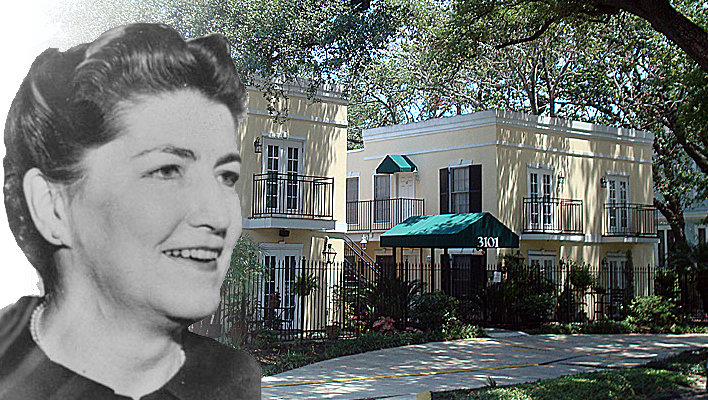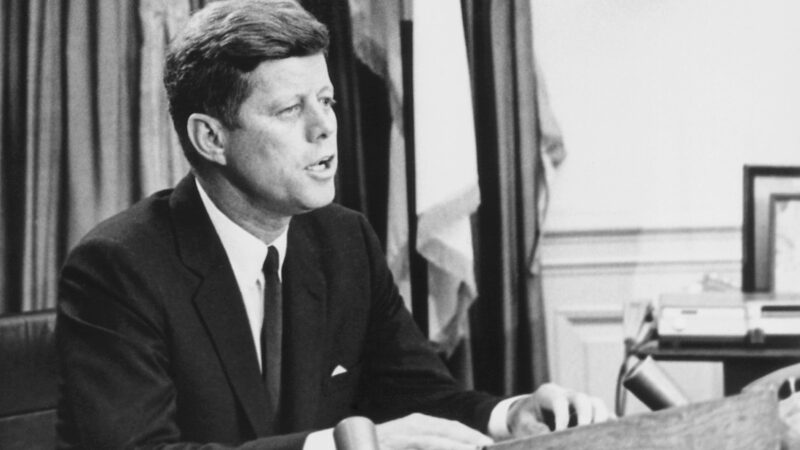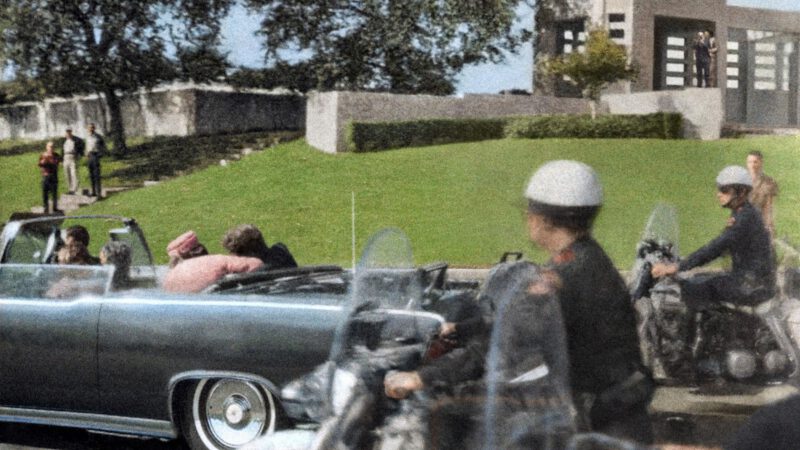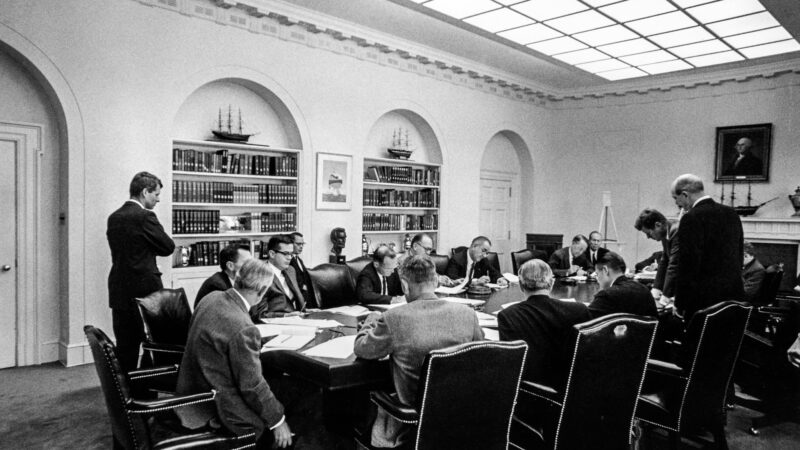Sam Giancana: a violent youth

It’s 1905, and Antonino Giancana, a 24-year-old traveling merchant from Castelvetrano, a village in the far west of Sicily, embarks on this journey. For Giancana, his new homeland represents a fresh start—a land of opportunities and possibilities, the American Dream. The journey is exhausting, and it’s not entirely over when he leaves Ellis Island. Almost immediately, he boards a train to Chicago.
Final destination: Polk Street Station, in the midst of an area predominantly inhabited by Chinese immigrants around 1900. Similar to New York, a Little Italy emerges here. The neighborhood is known as The Patch. By 1910, there are already 40,000 Italians. Italians here are self-reliant, fostering distrust and fear of uniformed individuals. Despite the talk of unprecedented opportunities, the reality, much like New York, is different. The apartments in The Patch are overcrowded and unsanitary, with streets reeking of unpleasant odors. There is no electricity, heating, or proper sewage. Garbage is rarely collected, and a dead horse might lie in the same spot for days. Consequently, diseases spread rapidly, leading to high child mortality rates.
In 2009, I visited The Patch, located between Van Buren Street in the north, Taylor Street in the south, Morgan Street in the east, and Western Avenue in the west. A visit may seem unnecessary; nothing remains of the ‘Italian years,’ and a tourist truly has nothing to seek in this desolate environment. Some students from the University of Illinois roam the area, and there are various hospitals and medical research centers nearby. I had a terrible pizza there; even that piece of Italian glory has long vanished.
Antonino, who goes by Antonio in Chicago, is a natural trader, and his talent serves him well. He buys a cart and starts selling fruits and vegetables to his neighbors. With the money, he can live decently and save some. In December 1906, he brings over his wife Antonia and their baby Lena. The family moves to 223 South Aberdeen Street, and Antonia fulfills her expected role: she becomes pregnant again in 1907.
In these circumstances, on June 15, 1908, Momo Salvatore Giancana is born, although some sources mention May 24. As an adult, he becomes the most powerful mafia boss in America at one point. His parents call him Mo, others will later call him Mooney. Shortly after his birth, the family moves to a larger home at 1127 West Van Buren Street. Survival is tough here, with low life expectancy and frequent deaths. On March 14, 1910, tragedy strikes the Giancana family. Mother Antonia dies from a miscarriage, a day after her 24th birthday. Rapid remarriage is common in those times, and Antonio seeks a woman who can care for his children and expand the family. Within a year, he marries Mary Leonardi. The couple has four daughters and two sons. The youngest is Charles, known as Chuck. In 1992, Chuck writes “Double Cross,” an important but not always reliable source for those wanting to learn more about his notorious criminal brother.
Violence is prevalent in the family, and the incorrigible son often faces abuse. His father makes it a habit to tie Mo to an oak tree behind their apartment complex, brutally whipping him with a belt afterward. Mother Mary is not spared from the family head’s whims either. Mo experiences his first ten years within this hopeless family. In 1918, he is sent to a reformatory school for six months, and upon his return, he doesn’t head to his father Antonio’s front door. He decides to live on the streets, surviving by stealing food. And then it happens: he inevitably encounters a youth gang, the 42 Gang, later shortened to 42’s. The gang is led by the fearless Joey Colaro, three years older than Mo. The group of agitated Italian youths starts with small thefts, stealing clothes from clotheslines in better neighborhoods and selling them at a good price in their own district. It doesn’t remain innocent for long. The boys sow fear as the most criminal gang in the area, engaging in car thefts, burglaries, rapes, and murder. Residents of The Patch have varying opinions of their young compatriots—respect, awe, contempt, and hatred. And Mo quickly assumes a significant position in the 42’s, practicing extensively to become the best driver in the group. Handy when evading the Irish police.
American gangs have existed since the mass emigration of Europeans. Italian criminal groups emerge around 1890, followed by Irish ones. There is intense rivalry among them, and when not fighting, the older members are busy with their ventures in areas such as hospitality, liquor smuggling, Cuban sugar import, gambling, and prostitution. Hierarchy is crucial. The aforementioned top criminals hold absolute power in Chicago. Some are born here, while others, like Torrio and Capone, are imported from New York City—hundreds of gangsters would eventually shuttle back and forth between the two largest mafia cities in the U.S. Around 1923, Diamond Joe Esposito is the undisputed leader of The Outfit, as the mafia is known here. Another figure, Colosimo, was killed by Torrio in 1920. At Esposito’s, Mooney catches the eye. The then 15-year-old boy earns money by weekly collecting many liters of illegally brewed whiskey from Italian families in The Patch. The supervision of everything distilled in The Patch is in the hands of the feared Genna brothers, six in number. During Prohibition, tremendous profits are made from alcohol, becoming the primary factor for the organized crime’s massive growth in America. Some researchers claim that the all-powerful Esposito also did business with Joe Kennedy during Prohibition.
In 1924 alone, thousands die due to violence in Chicago’s streets. The north of the city, dominated by the Irish, is at odds with the south, where mostly Italians reside. Mooney leaves an increasingly favorable impression; besides driving skills, he proves to be a good shooter. In The Four Deuces, a brothel and saloon owned by Johnny Torrio at 2222 South Wabash Avenue, he meets Alphonse Capone one day. According to Mo’s younger brother Chuck Giancana, the legendary mafia boss has a task for his new protégé in early 1925: mob boss Torrio must retire forcefully. It’s unclear if Mooney had a real hand in the (non-fatal) reckoning that follows. Either way, the request doesn’t end there; other gang leaders must also disappear or be eliminated. Al Capone wants to become the biggest, and Mooney Giancana stands by his side. In the next job, three of the Genna brothers are shot dead, prompting the remaining three to leave the city forever.
In September 1925, Mooney is arrested for the first time. The police detain him after a car theft, and he serves thirty days in the state prison in Joliet (for trivia enthusiasts, this is the prison from the series “Prison Break”). Newspapers increasingly report on the 42’s, prompting more police action. More boys are arrested, and there are raids on storage spaces filled with stolen goods.
After his prison sentence, the fiery Mooney visits his parental home for the first time in years. Father Antonio has become reasonably successful; he owns a vegetable store on West Taylor Street. His son is now an almost eighteen-year-old man, and this is the chance to tell his father the truth. Antonio experiences sheer terror when Mo presses a knife against his throat. From that moment on, the boy is in charge of the family. He irregularly drops by for meals or sleep and starts a distillery in the basement.
Another arrest follows in the summer of 1926, after a burglary where fifty dresses are stolen. This time, he gets away with a low bail. In September, a new robbery occurs, gruesomely failing and resulting in a fatal victim. Mooney and two accomplices are arrested. The bail is higher this time, but Diamond Joe Esposito arrives with a filled envelope, and Mooney is a free man again. The criminals eventually laugh at the trial that follows; the key witness is murdered, leading to the case being dismissed due to lack of evidence.
Dark times begin at home; Mooney’s stepmother Mary Leonardi dies in the fall of 1926 in a heroic act on the road, saving her youngest son Chuck from an oncoming car. The two brothers, fourteen years apart, develop a bond that remains exceptionally strong for many decades. In the ensuing months, Mooney is often at home, but meanwhile, he climbs the hierarchy of his gang. With the elimination of leader Joey Colaro, he even becomes the leader of the 42’s in 1927. In March 1928, he is involved in the murder of the great leader Esposito, who once played such a significant role in his rise, and a month later in the disappearance of politician Octavius Granady—both times on Capone’s orders. With Esposito’s death, Al Capone becomes the new big man, and anyone loyal to him gains a dominant position in the increasingly well-organized syndicate. Mooney is one of those crucial soldiers in The Outfit’s army. In Little Italy, he is both revered and feared. He is now twenty years old and intends to climb even higher. However, the criminal talent is not entirely free from troubles; in the fall of 1928, his enemies use two bombs to destroy his father Antonio’s vegetable store. Antonio loses everything, and his son knows what awaits him. Revenge.
Eventually Mooney would be known to the world as Sam Giancana, Sam is the Americanization of Salvatore. He would become the most powerful mafia boss in America. Reading about his formative years, one cannot help but conclude that a criminal life was always on the horizon. Multiple biographies paint a picture of a systematically abused, rebellious son who aspires to become the underworld’s greatest, proving to his father that he indeed has potential. The situation in Chicago’s Italian neighborhood, with all its gangs and hopelessness, undoubtedly contributed to Giancana’s criminal path.
Links:
A biography on Sam Giancana here
More on the collab of the CIA and the mafia here








One thought on “Sam Giancana: a violent youth”